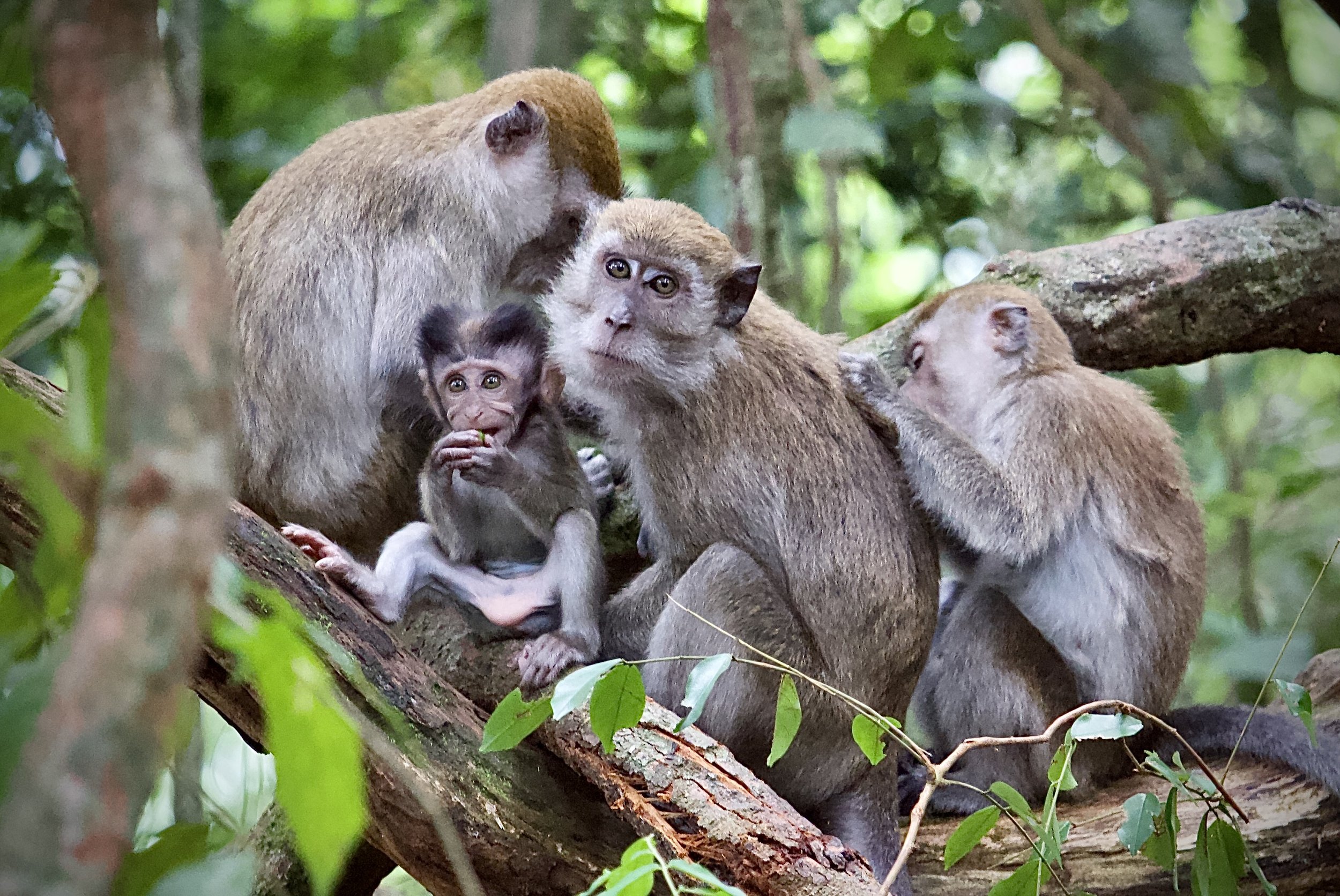Photo by Stan Williams
In January of 2019, the Royal Canadian Mounted Police moved in on blockades set up by members of the Wet'swet'en Nation to protect the unceded lands from destructive pipeline construction. Members of the Wet’swet’en community in British Columbia were protesting the B.C. Supreme Court injunction to allow pipeline workers through two checkpoints, and were met with violence and brutal policing.
In solidarity, rallies were organized throughout several communities on Turtle Island, also known as Canada. With his camera, Stan Williams was able to capture the strength and collective resistance demonstrated in the streets of Tkaronto (the Mohawk origin of the toponym “Toronto”).
Williams, who is Mohawk and Anishinaabe, is a photographer who works in Tkaronto, Six Nations, Grand River, and Garden River First Nations. His upcoming exhibit, “This is Indian Land,” highlights the front-line struggles and expressions of self-determination in Indigenous communities throughout Turtle Island. The exhibition will be part of the upcoming CONTACT Photography Festival in May.
People gathered to demand justice for Colten Boushie, a member of the Cree Red Pheasant First Nation, who was shot and killed by a white farmer in rural Saskatchewan.
Photo by Stan Williams
“I use photography to portray the beautiful struggle of our Indigenous peoples. Often misconstrued by outsiders, the stories told of our communities are frequently expressed through an oppressive colonial lens. My intention is to depict our collective fight for respect and justice, in a way that dignifies the reality that many strive to overcome. My goal is to drive forward a critique and revocation of colonialism in order to create space for truth-telling,” writes Williams.
The photographer has been working for over five years, travelling across Canada and the U.S., photographing rallies and public demonstrations, vigils, cultural events, and community portraits. His inspiration for storytelling derives from the spirit of his father.
At Nimkii Aazhibikong, Indigenous people gathered on reclaimed Indigenous land to relearn and express their traditional tattoo practices.
Photo by Stan Williams
“My motivation to create is tied to my father’s resiliency to paint stories of our people. I work to emulate his symbolism within my imagery. As a survivor himself, he worked out of necessity to teach and provide. In the spirit of reciprocity, I hope that my images can carry our stories forward”.
Williams not only aims to celebrate the current activism work of his peoples, but also bring attention to the ongoing impacts of colonization; disproportionate levels of child apprehensions, youth suicide, missing and murdered Indigenous women and girls, loss of languages, poverty, and the dispossession and degradation of their lands and waters.
Photo by Stan Williams
“The people portrayed in my work often reveal a story that is peaceful, powerful and righteous. My understanding is that the expression of our identity is needed in order to undo the work of the colonizer. I work to amplify the voices of our grassroots community activism through my documentary photography to inspire change.”
“This is Indian Land” will be showcased May 4th-31st in Tkaronto as part of the Scotiabank CONTACT Photography Festival.
This article was first published in PWB Magazine #12, on sale now.















